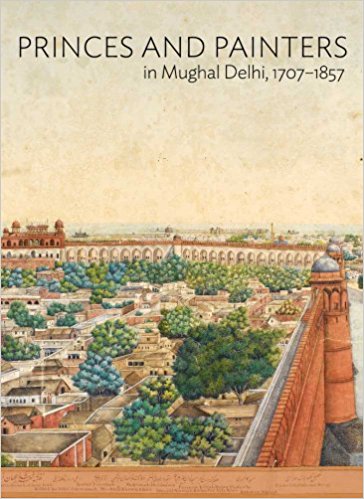This book grew out of an exhibition by the same name that was organized by the Asia Society, New York with the help and support of several institutions, museums and private collections, including the Government of India. It contains brief but highly lucid essays on the art and culture of the period by noted experts as well as some of the most dazzling collections of paintings, portraits and art objects that were being produced in India in this period. In particular it sheds wholly new light on our understanding of Delhi and of the wider North India, post Aurangzeb. Historians of Mughal India sometimes regard the period after Aurangzeb, that is the 18th and 19th centuries as a superfluous addendum to the history of the Mughals proper, with which they would like to have as little truck as possible. Historians of modern India, on the other hand, find this period (of colonial takeover) a kind of superfluous precursor to the high noon of Empire and colonization proper. That this dark hole remains dark becomes even more curious when we remember the astonishing strides taken by the revisionist historiography of 18th century India in the last thirty years. This scholarly attitude is also one of the reasons why the uprising of 1857 appears so sudden and abrupt and mystifying in its genealogy.

Understanding a Culture
Mahmood Farooqui
PRINCES AND PAINTERS IN MUGHAL DELHI, 1707-1857 by William Dalrymple Asia Society Museum in association with Yale University Press, 2012, 212 pp., price not stated
July 2012, volume 36, No 7
